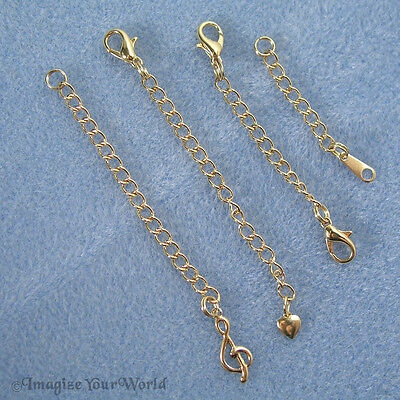-40%
Autism Puzzle Jigsaw Awareness Bead Charm for Add-a-Bead Bracelet by MAYselect
$ 13.19
- Description
- Size Guide
Description
You are purchasing an individual bead/charm that is handmade by May Tagher, a Kentucky Crafted Artist. The bead is compatible with all the popular name brand (i.e. Pandora?) European add-a-bead style snake chain charm bracelets. The hole size is 5mm and will fit on nearly all charm bracelets. They are finished with a sterling core and buffed to a glossy sheen. Each bead is made one at a time with care and approximate bead measurements are: 12.5 mm diameter, 10mm width, Center hole 5mm. Please note that the beads are hand made, shaped by hand, and made one at a time. There will be slight variations in the size and the shape of the image. It's my goal to be as consistent as possible.Autism Jigsaw Puzzle Pieces Awareness.
Polymer clay is machined through a glorified pasta maker to soften, mix colors and powders, and to and ensure workability. The design is then "built" from the inside out, layering slices and pieces of clay on top and around each other producing what is referred to as a "cane". The cane begins at several inches in diameter, multiple inches thick, and is pulled until thin while still maintaining the cross section's design. It is then cut and manipulated into various styles of beads and designs. Although each bead is very slightly different it is amazing that the designs maintain nearly all of their integrity throughout the manufacturing process. Although each bead is made one at a time, the process allows (and demands) that when making a cane it will ultimately produce several hundred beads. This technique, referred to as "millefiori" technique has been around for thousands of years, primarily utilizing glass, and only recently has been used to reproduce imagery and patterns to produce glasswork-like beads.









